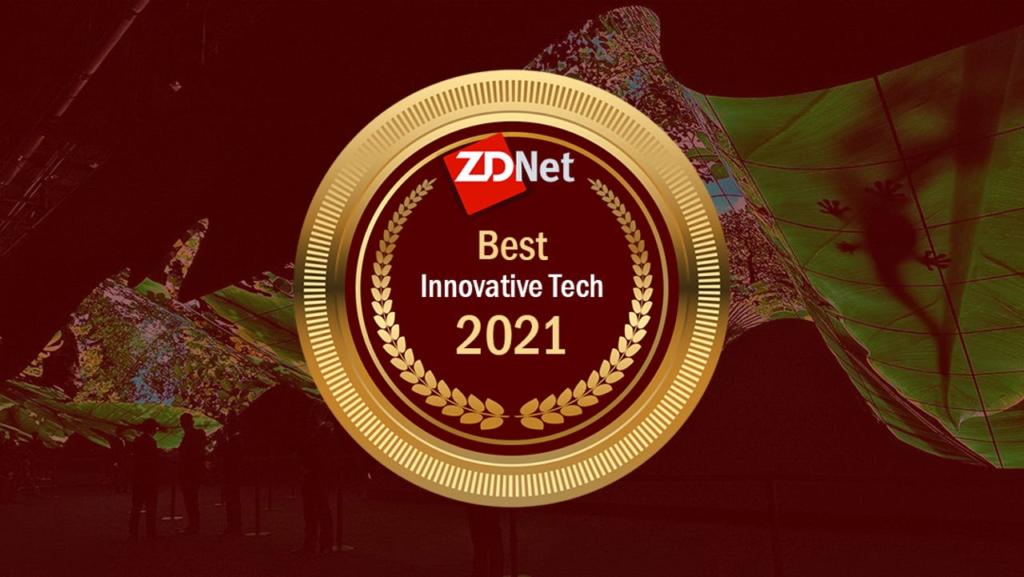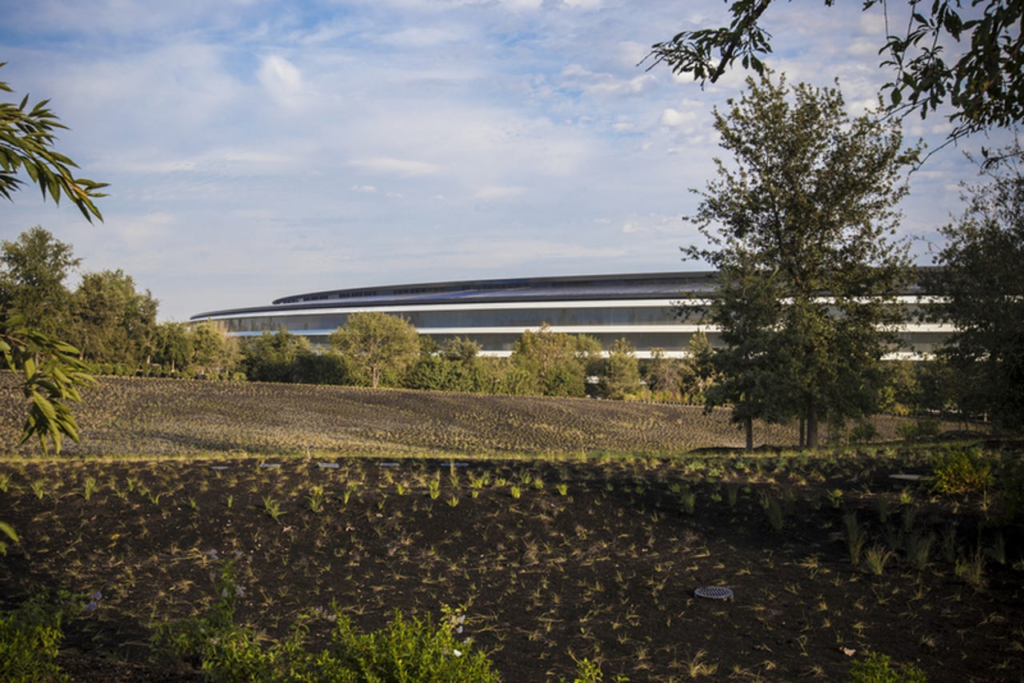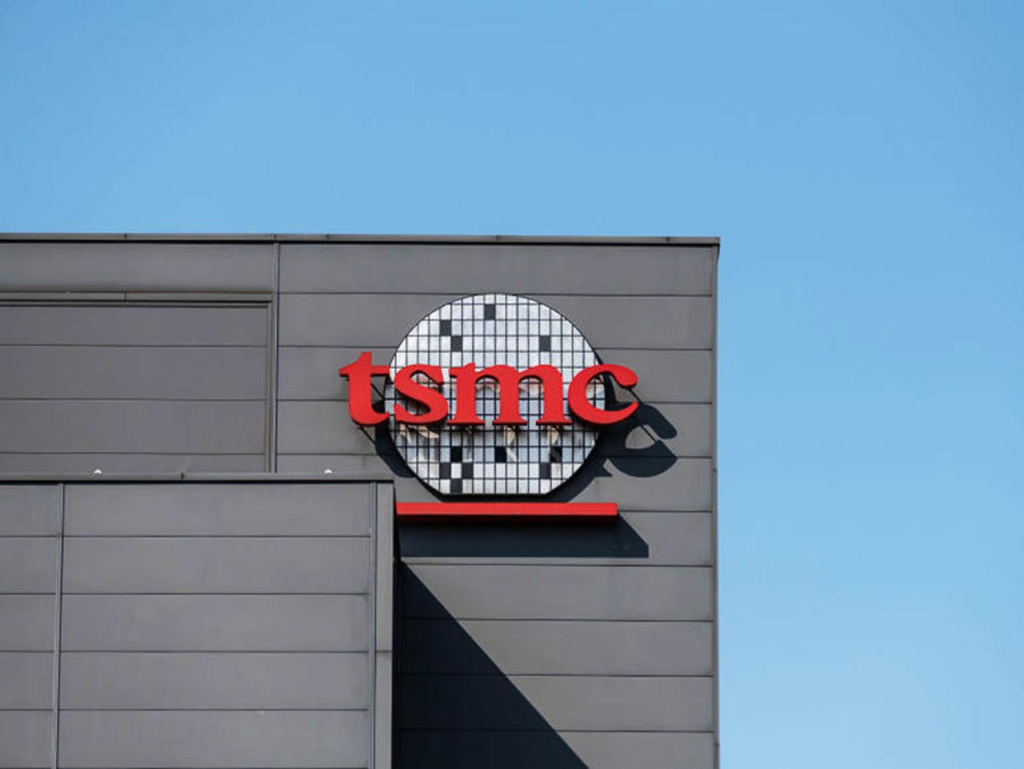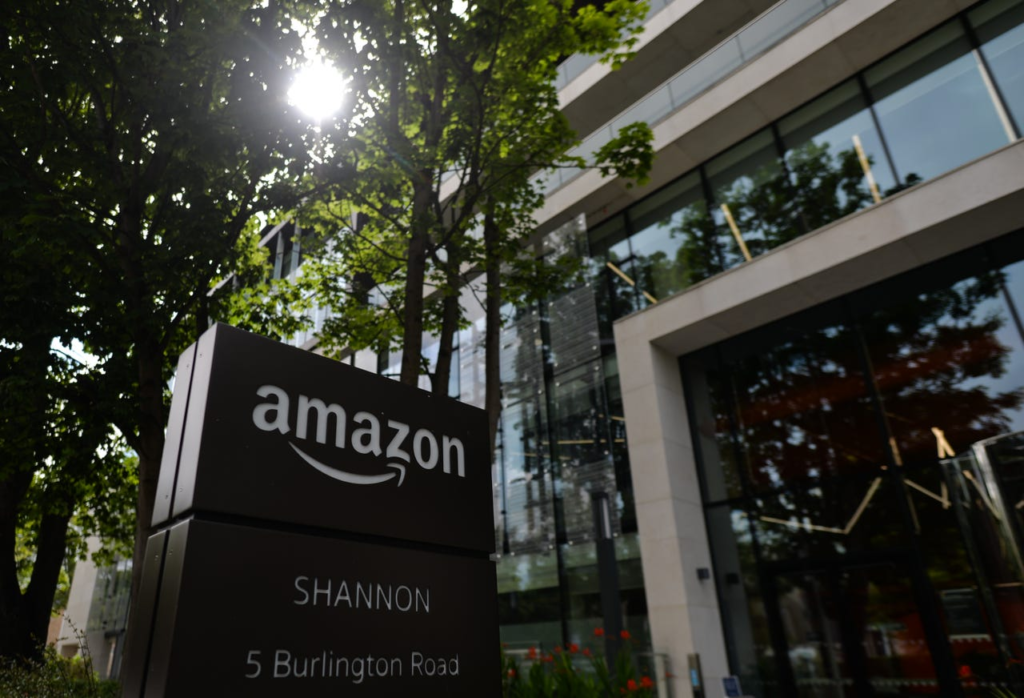James Martin/CNET Apple regularly downgrades the job titles of its former employees in the databases that companies access to verify employment background, according to a recent Washington Post report. Such a practice could make it harder for former employees to find future work or at least be credited with the work they did in higher-ranking positions. To understand what Apple is reportedly doing, it’s important to understand how things are done. Employment history master databases You’re undoubtedly familiar with credit reporting agencies. When you apply for a loan, money lenders outsource some of the verification and qualification work to the big three agencies (Equifax, Experian, and TransUnion). Credit agencies provide a central repository of information and — to lenders — a source of “truth” about your financial background. Credit reports can make or break your ability to buy a car, get a mortgage, or rent an apartment. Unfortunately, those reports often have incorrect information. A recent CNBC report revealed that a full third of Americans have incorrect items on their credit reports — substantially limiting their access to both money and lifestyle options. Verifying employment backgrounds is another task that requires time-consuming and laborious investigation and is often automated by accessing comprehensive databases. Many medium-sized to large organizations use centralized employment history databases to validate job information. For example, a service called The Work Number boasts, “Data provided directly from over two million employers. The Work Number database offers credentialed verifiers with permissible purpose access to income and employment data for more than 136 million records.” Another service, InVerify, provides “Employment and income verification services.” Their pitch to HR departments is simple: Free up valuable time by leaving verifications to our team of experts. InVerify provides secure, fast, and accurate access to the latest income and employment verification information 24 hours a day 7 days per week. If these services seem an awful lot like those performed by credit agencies, that’s because they are. Both The Work Number and InVerify are services offered by credit reporting giant Equifax. We covered Equifax extensively a few years ago when it suffered cybersecurity breaches. Equifax is only one of many players providing these employment verification services. There are hundreds of companies hawking access to their databases of company-provided information. So here’s what happens. Let’s say you’re a software engineer and you apply for a job. Your official title might be something like “Software Engineer II,” which is what you put on your resume. In any case, when you apply for a job — now, more often than not, by filling out a web form — that form is processed by a variety of automated systems, including the aforementioned employment verification services. If the job history you claimed on the form or on your resume passes verification, it moves on in the process. But if it doesn’t pass verification, a few things might happen. First, and the most likely, is that your application is filed in the nearest virtual circular file as if it had never existed. If you’re very lucky, you might hear back that your application couldn’t be verified, giving you the chance to work the problem. And if you’re very, very lucky and a hiring manager has seen your application data or verification happen after the interview process, that hiring manager might try contacting your former employer to resolve the discrepancy. But here’s the thing. If you put down “Senior Software Engineer” or “Senior Data Center IT Support Technician” or “Solution Architect, Manufacturing Service Line” or “Territory Channel Manager,” or any of the thousands of job titles people have spent years working hard to earn, and the database contradicts that and says your title was merely “Associate” (an entry-level title usually used for low-skill, low-experience, junior-level jobs), your application is likely to be red-flagged, you’re unlikely to get the job, and you’re also likely to be considered a liar — or at least someone not worth further engagement. This brings us to Apple According to The Washington Post report, “In widely used databases that companies refer to for verification of job information, Apple changes the job title for every employee, whether they’re a PhD in computer science or a product manager, to associate”. If, as WashPo asserts, Apple conducts this practice, it could make it harder for former employees to find future work or at least be credited with the work they did in their higher-ranking positions. Reed Albergotti, author of The Washington Post article, reports he confirmed this behavior with Josh Rosenstock, who the WashPo story describes as a “corporate spokesman.” Rosenstock’s actual job title is a bit opaque. His LinkedIn bio lists his role simply as “Apple PR.” However, Rosenstock isn’t just a low-level PR associate. According to a report in PRWeek, he’s a “heavyweight,” formerly Rolls-Royce’s director of external communications, who joined “Apple as director of corporate comms for Europe, Middle East, India and Africa (EMEIA) region in a newly created role” in 2013. The Apple associate issue came to light because a former Apple engineer named Cher Scarlett filed a complaint with the SEC when Apple changed her title to associate when she left the company. Scarlett lists her title on LinkedIn as Principal Software Engineer. According to the Post’s report, the discrepancy “delayed the hiring process at a prospective employer by nearly a week, during which time the company rescinded the offer. Scarlett said the job verification service hired to vet her résumé was unable to resolve the discrepancy with Apple.” How common is this practice? According to The Washington Post report: When The Washington Post called InVerify’s customer support number, a customer service representative said Apple is the only company he knew of that changes job titles of employees when they leave. Apple also changes titles for employees who have taken a leave of absence, the person said. According to the WashPo report, InVerify’s rep — not a PR person, but an agent who answered the employment verification phone line — said he gets a “few calls a month” from









